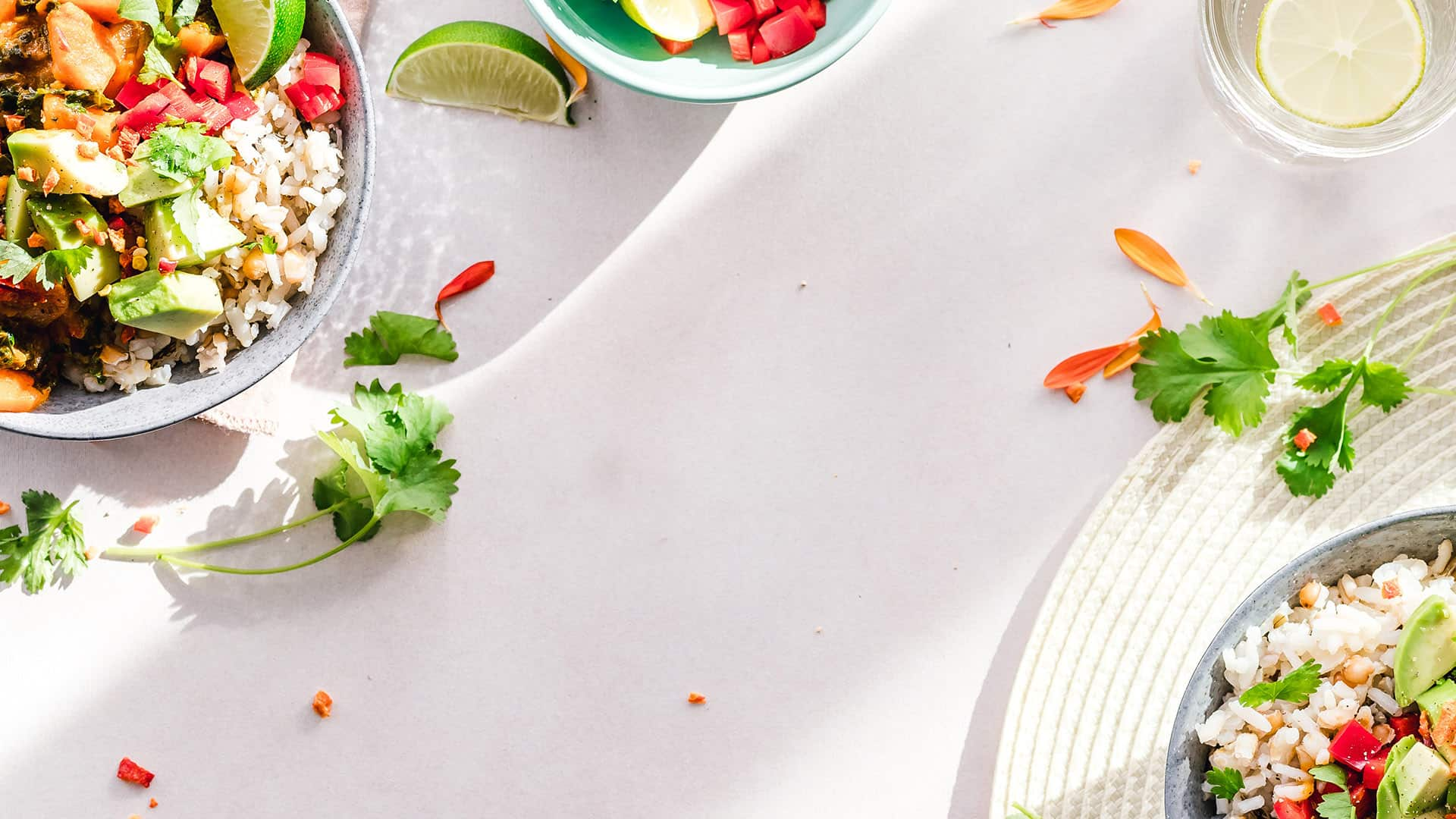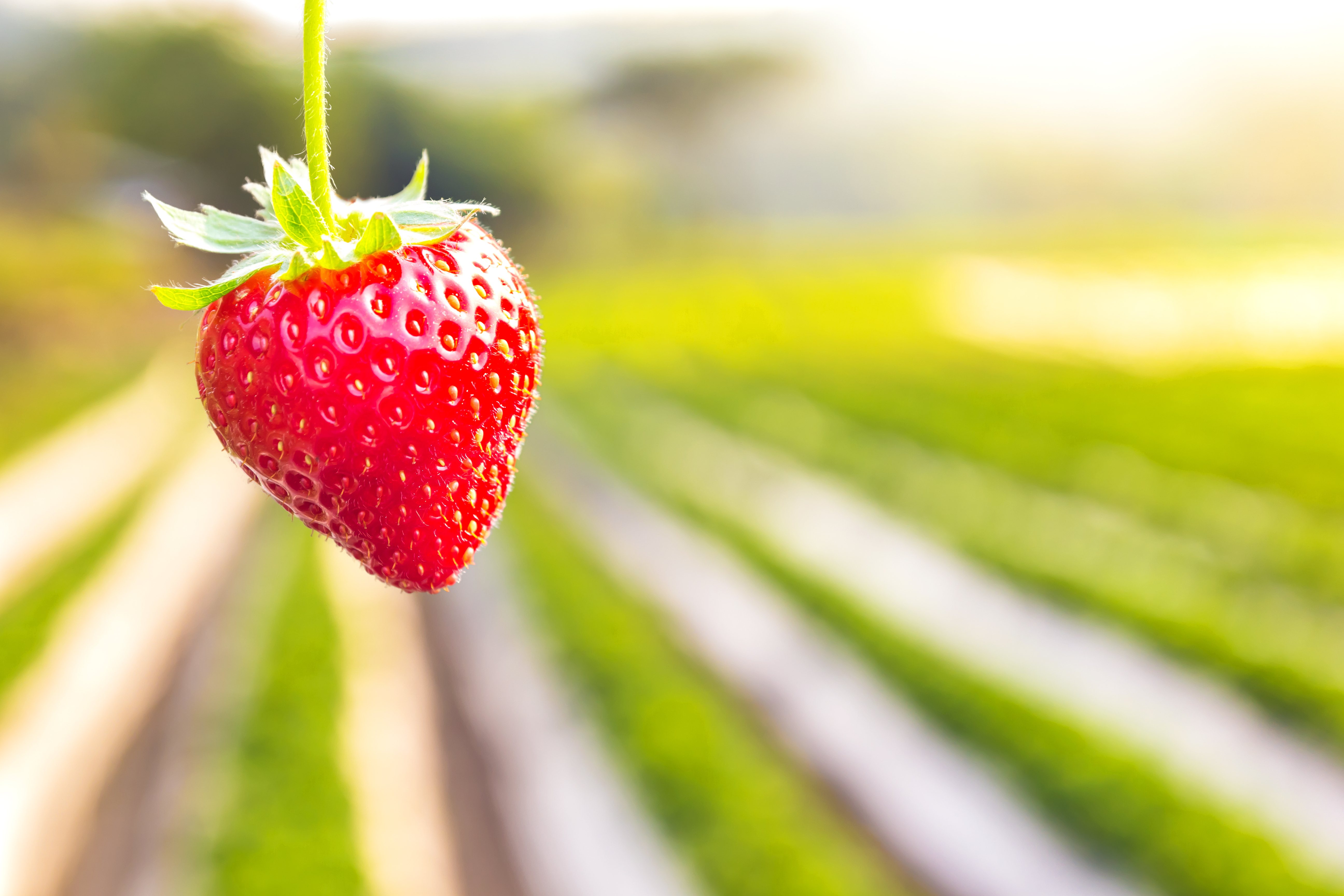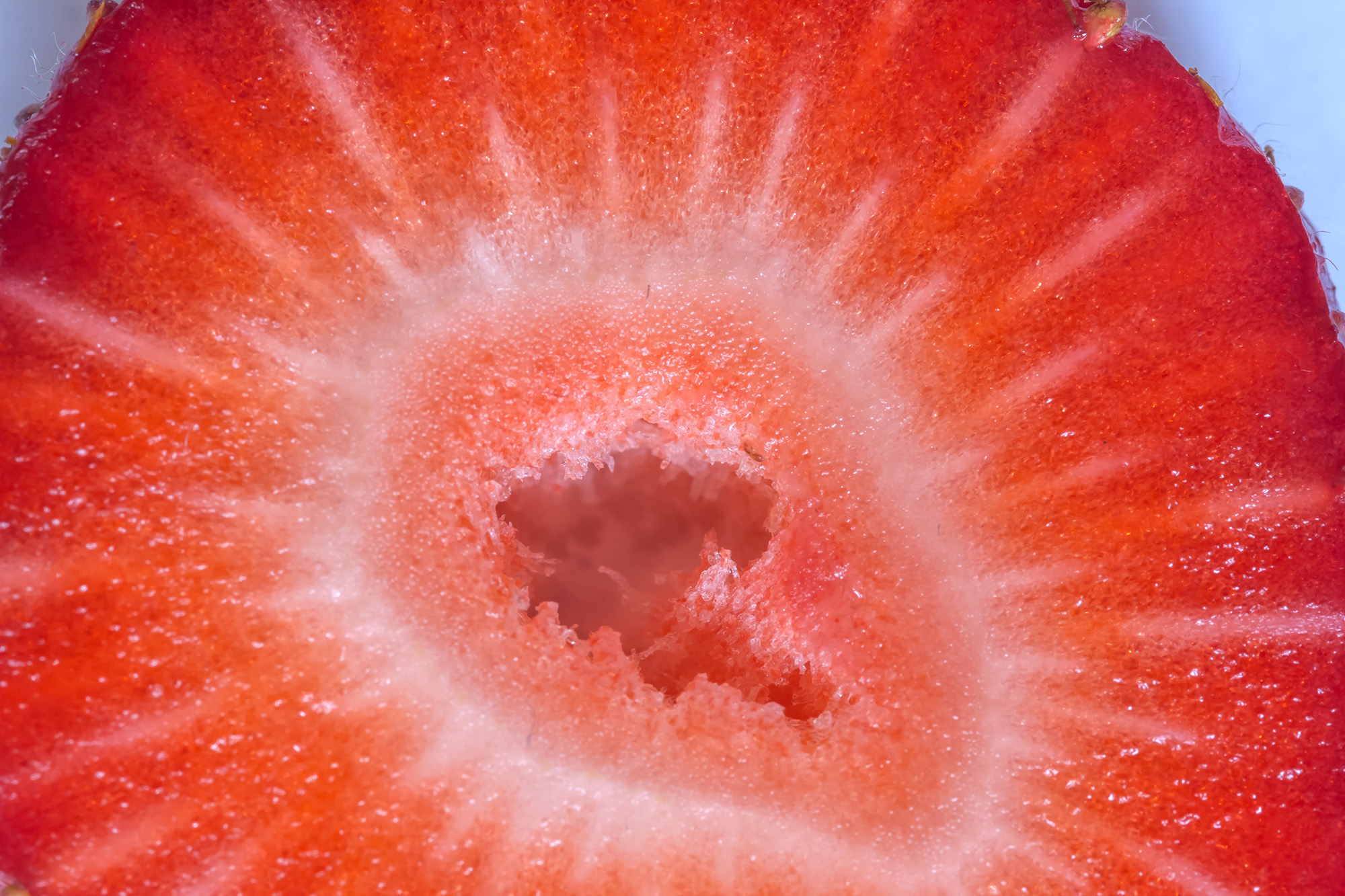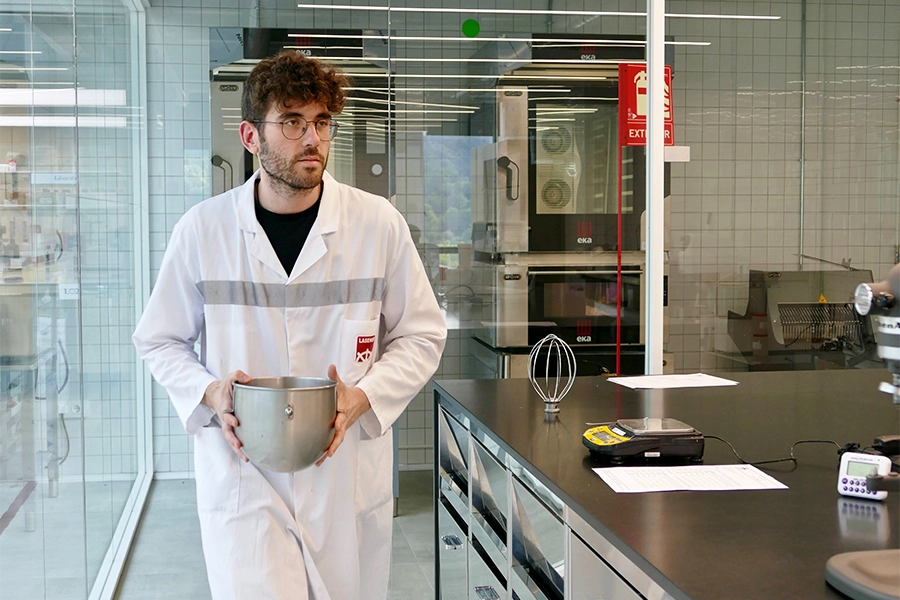

A new chapter in nutraceuticals: Novella brings whole-cell strawberries to supplements
What if you could take the most powerful molecules in a strawberry and preserve them exactly as nature intended – without ever harvesting a berry? That is the idea behind Novella Strawberry∞, the first commercial ingredient produced with the Israeli biotech company’s proprietary AuraCell platform.
Instead of relying on extraction, Novella grows whole strawberry cells in controlled environments, creating a stable, potent source of phytonutrients that includes both the abundant compounds and the rare trace molecules usually lost in processing. For Itay Dana, Co-Founder & Chief Business Development Officer, the launch signals not just a new ingredient but a fundamental rethink of how plant bioactives can be cultivated, delivered, and valued.
Conventional production of plant-based ingredients depends on harvesting mature plants and extracting compounds from specific tissues – ripe fruit, leaves, or roots. This process is inherently selective. “You get just one group of molecules, dictated by where they accumulate and which solvents or techniques can isolate them,” says Dana.
AuraCell cultivation changes the equation. By working at the cellular level, Novella captures the plant’s broader functional profile, including high-concentration actives and rare compounds present only in trace amounts. “We are no longer restricted to dominant fractions,” he explains. “Our system can unlock bioactives that would otherwise be inaccessible through standard extraction.”

The power of whole-cell
The company’s decision to market Strawberry∞ as a ‘whole-cell’ product is not just semantics. It reflects how closely the ingredient mirrors the biochemical complexity of the fruit itself. “In plants, bioactive compounds rarely act in isolation,” Dana explains. “Their function is enhanced by the natural matrix of secondary metabolites, cofactors, and structural molecules within the cell. By preserving the whole cell, we maintain this synergistic network.”
This intact cellular structure also provides a protective environment for sensitive molecules that would normally degrade quickly when isolated. “Compounds remain more stable when retained in the cell’s natural compartments,” he adds. “It means a longer shelf life and greater consistency of performance.”
“By preserving the whole cell, we maintain the synergistic network of compounds nature designed”
Natural microencapsulation
The concept goes further than stability. AuraCell effectively turns the strawberry cell into a natural form of microencapsulation. Bioactive compounds are stored within vacuoles and membranes, shielded from oxidation and premature breakdown. “It works like engineered encapsulation systems, but without adding polymers or coatings,” Dana says. “The architecture exists in nature, and we preserve it intact.”
This holistic environment protects multiple compounds simultaneously, allowing them to interact as they would in the plant. It also means fewer formulation steps and a cleaner label – an increasingly important consideration in the supplement market.

Strawberries are rich in antioxidants such as anthocyanins and vitamin C, as well as phenolic acids, terpenoids, and alkaloids. Yet their integration into supplements has been limited. Compounds degrade rapidly when exposed to heat, light, oxygen, and time, while agricultural production is water-intensive and yields fluctuate with climate. “That instability is why strawberries have rarely translated into effective supplement formats,” says Dana.
Novella’s approach tackles these issues by maintaining bioactives within the intact cell matrix. A dry, stabilized whole-cell preparation protects sensitive molecules and delivers a form that is both potent and shelf-ready. This stability opens the door to consistent dosing and reproducible results.
Beyond anthocyanins
The nutraceutical industry has historically leaned heavily on anthocyanins, the antioxidant flavonoids responsible for berry color. But Novella argues that this focus misses much of the fruit’s potential. “Anthocyanins are important, but they are unstable and complex to digest,” Dana says. “A significant portion breaks down before it can be absorbed.”
By contrast, Strawberry∞ contains phenolic acids and other compounds that remain stable through digestion, reaching the colon in active form. “These compounds act as synergistic partners to anthocyanins, enhancing their activity rather than replacing them,” he adds. For formulators, this means products that can differentiate themselves by offering a broader and more resilient spectrum of bioactivity.

Minimum dose, maximum impact
One of Novella’s strongest claims is potency. In preclinical testing, Strawberry∞ delivered antioxidant activity up to 100 times stronger than conventional extracts, as measured by reactive oxygen species (ROS) inhibition assays. This performance allows significantly lower concentrations in formulations.
“While the cost per kilogram may not match standard ingredients, the effective cost per use is highly competitive – often more favorable – because you need less material to achieve the desired effect,” Dana notes. The company is backing this with a scientific package that includes in-vitro and ex-vivo human cell models simulating digestion and absorption, with clinical studies planned.
Novella also frames Strawberry∞ as a sustainability solution. AuraCell cultivation eliminates the need for agricultural production, cutting resource use by up to 99% compared with conventional farming. Every cell retains value, so there is no waste biomass after extraction.
“The efficiency comes from cultivating only what is valuable,” Dana explains. “In agriculture, less than 1% of the plant mass may be useful for extraction. With plant-cell cultivation, 100% of the biomass contributes to the final product.” Independent Life Cycle Assessment work with partners has supported the company’s 99% savings figure.
Scalability is equally important. Novella has already demonstrated production at thousands of liters and is now expanding into tens of thousands. “AuraCell is no longer a lab concept,” Dana says. “It is a platform already scaling to industrial volumes, with a clear path to consistent, global supply.”

Pathway to regulation
Like other emerging biotechnologies, whole-cell cultivation will face scrutiny from regulators. In Europe, plant-cell ingredients are automatically classified as novel foods, while in North America and parts of Asia, regulatory paths are more straightforward. Dana, though, is pragmatic. “This is less about the specific nature of our cells and more about a regulatory gap. In Europe, we will follow the established novel food pathway, while in other regions approval is simpler.”
Consumer perception is another hurdle. Critics of cellular agriculture often raise the specter of ‘unnatural’ ingredients. Dana believes this concern is overstated. “Plant-cell cultivation has been established for decades in agriculture – bananas and potatoes are propagated this way,” he points out. “Our process involves no genetic modification and no manipulation. The definition of natural is broad, but what matters to consumers is that the ingredient is safe, effective, and derived directly from plants.”
“Our phenolic acids are bioavailable without digestion, so they complement anthocyanins by accelerating onset”
Novella sees its first wave of applications in anthocyanin-rich categories – berries, grapes, and pomegranate supplements. “Our phenolic acids are bioavailable without digestion, so they complement anthocyanins by accelerating onset,” says Dana. “Together, they provide ROS coverage across multiple pathways and reinforce efficacy.”
Beyond supplements, functional beverages and fortified foods are also promising. Strawberry∞ is neutral in taste and appearance, allowing enrichment without altering flavor or color. The cosmetics industry has also expressed interest in its stability and antioxidant profile.

Building partnerships
For a start-up entering a crowded market, partnerships are critical. Novella recently announced a collaboration with Metaphor Foods in Australia to integrate its ingredients into preservative systems. Such alliances, Dana notes, validate both commercial viability and broader application. “Our expertise is in plant-cell technology,” he says. “Partners bring market access, application know-how, and consumer reach. That combination accelerates adoption.”
Although strawberries are the company’s first commercial product, Dana stresses that Novella is not a berry company. “We see ourselves as a technology platform business,” he says. “Our goal is to unlock bioactives across many plants and applications.” The company has already tested more than 20 botanical sources, advancing a select few based on compound accessibility and market opportunity.
Each plant presents unique challenges – some require environmental triggers, others produce valuable compounds in extremely low concentrations. Yet the AuraCell platform offers flexibility to access bioactives that conventional agriculture cannot. “This is a versatile, strategic technology,” Dana says. “Not every compound can be cultivated in the same way, but many more can be accessed at stable, economically viable levels.”
Closing the loop
Novella’s vision is ambitious: to bring a new category of plant-based ingredients to market, delivering both performance and sustainability. By starting with one of the most challenging fruits in the supplement space, the company hopes to prove the value of whole-cell cultivation in the harshest test case.
“Strawberries represent both the difficulty and the promise of our approach,” says Dana. “If we can solve for the strawberry, we can solve for many others.”
If you have any questions or would like to get in touch with us, please email info@futureofproteinproduction.com






